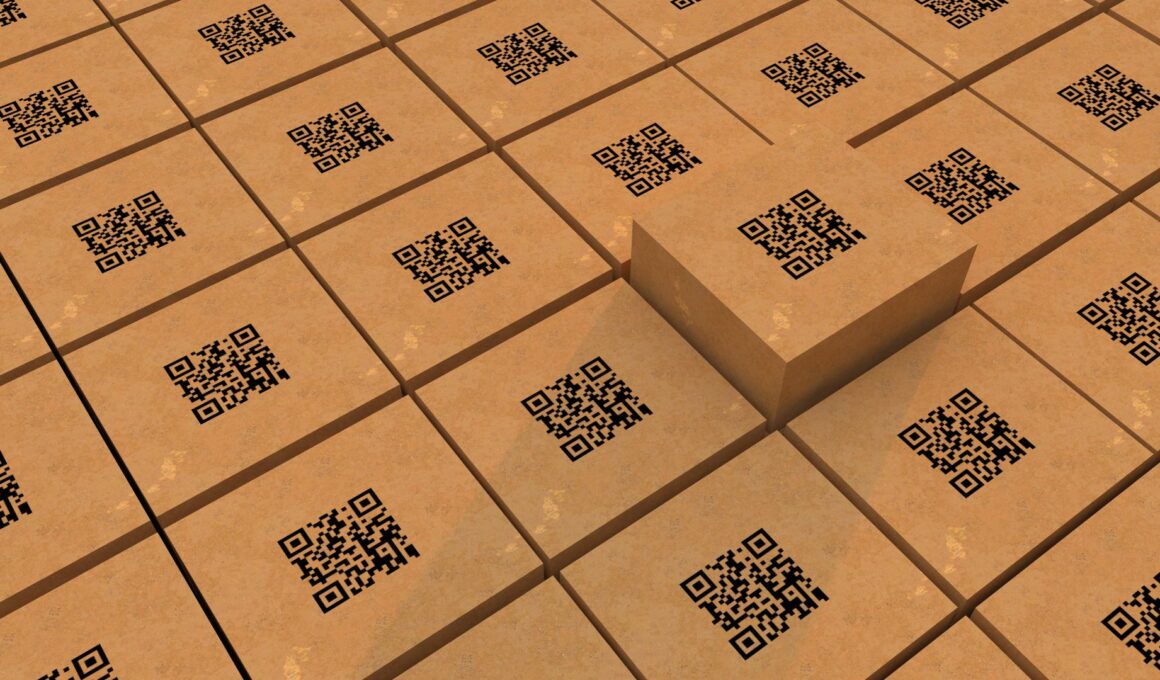Serialization is the process of assigning a unique identifier to each individual unit of a pharmaceutical product. This identifier can then be used to track and trace the product throughout its lifecycle, from manufacturing to distribution to dispensing.
The development of new serialization standards is a complex and ongoing process. There are a number of factors that need to be considered, such as the need for a secure and tamper-proof system, the need for compatibility with existing systems, and the need to be cost-effective.
One of the most important new serialization standards is the GS1 EPCIS standard. GS1 EPCIS is a standard for exchanging product information throughout the supply chain. It allows for the sharing of real-time data about the location, status, and movement of products.
Another important new serialization standard is the GS1 UDI-64 standard. GS1 UDI-64 is a standard for uniquely identifying pharmaceutical products. It assigns a unique 64-digit identifier to each product, which can then be used to track and trace the product throughout its lifecycle.
The development of new serialization standards is essential to ensuring the safety and security of pharmaceutical products. By tracking and tracing products throughout their lifecycle, it is possible to prevent counterfeiting, diversion, and other types of fraud.
In addition to GS1 EPCIS and GS1 UDI-64, there are a number of other new serialization standards being developed. These standards are still in the early stages of development, but they have the potential to revolutionize the way pharmaceutical products are tracked and traced.
One of the most promising new serialization standards is the use of blockchain technology. Blockchain is a distributed ledger technology that allows for secure and transparent data sharing. This makes it ideal for tracking and tracing pharmaceutical products.
Another promising new serialization standard is the use of near-field communication (NFC) technology. NFC tags can be attached to pharmaceutical products and read by NFC readers. This allows for the products to be tracked and traced in real time.
The development of new serialization standards is a rapidly evolving field. As new technologies emerge, new standards will be developed to meet the needs of the pharmaceutical industry. By staying up-to-date on the latest trends, pharmaceutical manufacturers can ensure that they are using the most efficient and effective methods to track and trace their products.
Here are some of the benefits of using new serialization standards in the pharmaceutical domain:
- Improved patient safety: Serialization can help to prevent counterfeit drugs from entering the supply chain, which can help to protect patients from harm.
- Increased supply chain visibility: Serialization can help to track and trace products throughout the supply chain, which can help to identify and address problems early on.
- Reduced fraud: Serialization can help to deter counterfeiting and diversion, which can save money and protect patients.
- Improved compliance: Serialization can help manufacturers to comply with regulations, such as the Drug Supply Chain Security Act (DSCSA) in the United States.
The development of new serialization standards is a complex and challenging task, but it is essential to ensuring the safety and security of pharmaceutical products. By staying up-to-date on the latest trends, pharmaceutical manufacturers can ensure that they are using the most efficient and effective methods to track and trace their products.







